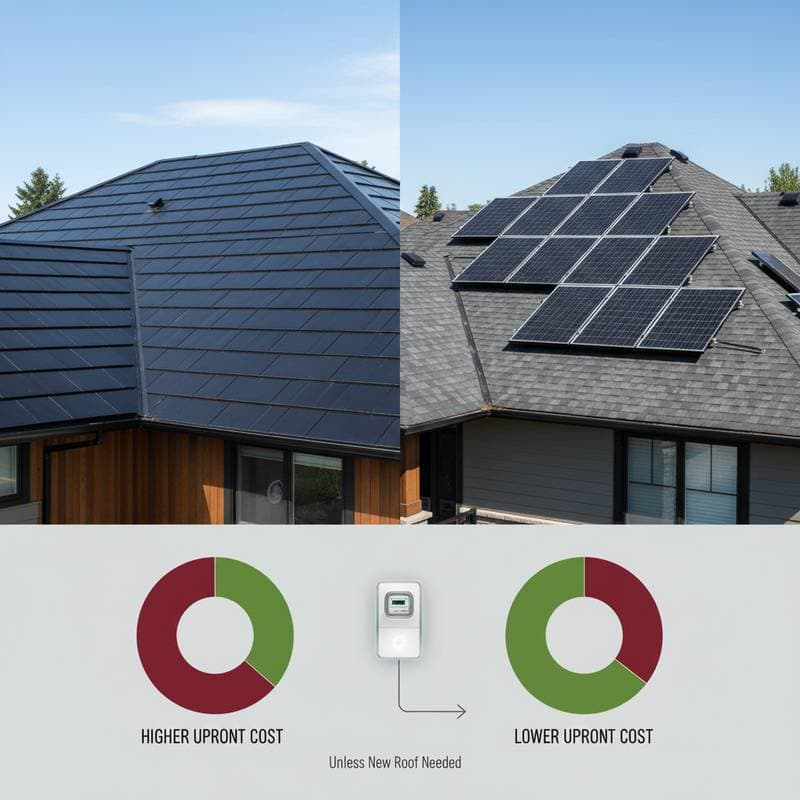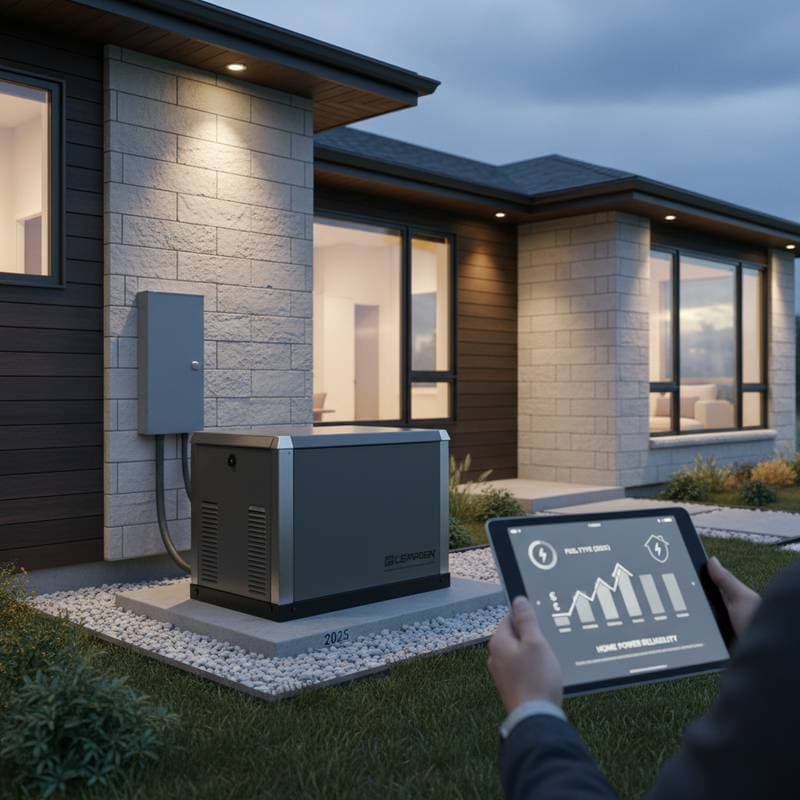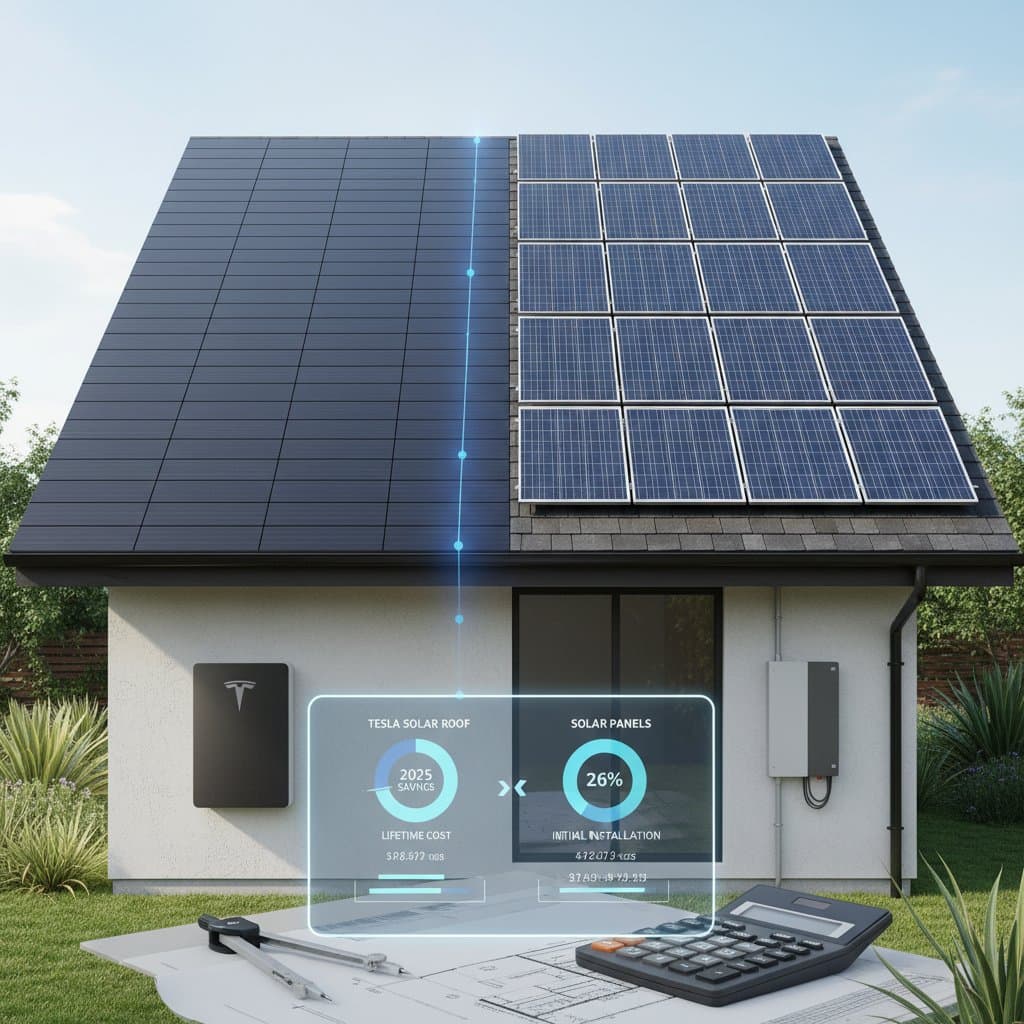Understanding Home Warranties Versus Insurance in 2025
Homeowners frequently assume their insurance policy safeguards against all home issues, yet this overlooks key limitations that result in substantial out-of-pocket expenses. Home warranties and insurance fulfill separate roles, with the former addressing routine failures that the latter ignores. Grasping these differences enables smarter choices, potentially saving thousands on repairs or replacements. This overview details warranty benefits, integration strategies, and essential considerations for the coming year.
The Essential Role of Home Warranties
Home warranties bridge the divide between regular upkeep and major incidents. They activate when essential items like air conditioners falter, dishwashers overflow, or water heaters cease functioning unexpectedly. Such issues stem from normal usage rather than external forces, placing them outside insurance scopes.
Data from recent homeowner studies reveal average annual repair expenditures reaching several thousand dollars for outdated systems. One critical failure often surpasses typical emergency funds. Warranties mitigate this by transforming variable costs into fixed service calls, typically ranging from $75 to $125 per incident.
Core Coverage Areas of Home Insurance
Home insurance prioritizes safeguards against abrupt occurrences. Typical policies encompass:
- Damage from fire, smoke, or explosions
- Losses due to theft or vandalism
- Impacts from storms, hail, or wind
- Sudden water incursions, such as burst pipes
- Liability arising from injuries on the premises
For instance, if a fallen tree pierces your roof, insurance facilitates restoration. However, if your furnace fails due to prolonged operation, no reimbursement follows. This clear boundary avoids claim denials and streamlines processes.
Key Areas Where Warranties Excel Over Insurance
Normal Wear and Tear
Insurance policies exclude progressive degradation entirely. Warranties target precisely this, dispatching technicians to fix components eroded by time or repeated cycles. Examples include frayed refrigerator seals or worn washer drums, ensuring functionality without full replacement costs.
Internal Mechanical Breakdowns
Failures in motors, compressors, or circuit boards occur independently of outside factors. While insurance demands proof of a covered event, warranties cover these inherent defects. Homeowners report quicker resolutions, often within days of reporting.
Replacement for Irreparable Items
Warranties frequently provide options to swap out obsolete appliances or systems entirely. Insurance limits replacements to items ruined by perils like floods or fires. This proactive stance extends equipment life and curbs long-term spending.
Support for Preventive Measures
Forward-thinking warranty plans incorporate annual inspections or discounted tune-ups for heating and cooling units. Insurance offers no such preventive tools. Engaging these services early detects issues, reducing emergency calls by up to 30 percent according to industry benchmarks.
Failures in Concealed Components
When inner parts malfunction without outward signs of damage, warranties intervene. Insurance insists on evident, instantaneous triggers for activation. This coverage proves vital for complex systems like plumbing or electrical setups hidden behind walls.
These elements position warranties as vital supplements, not duplicates, to existing protections.
Integrating Warranties and Insurance for Robust Defense
Optimal security arises from layering home insurance with a warranty plan. This duo forms a comprehensive barrier:
- Insurance counters catastrophic damages.
- Warranties manage operational lapses.
- Routine maintenance minimizes occurrences of either.
Consider a scenario where heavy rain breaches your roof, covered by insurance for structural fixes. Subsequently, if humidity overloads your dehumidifier leading to failure, the warranty absorbs that repair. Such synergy shields finances from both immediate crises and gradual declines.
Debunking Persistent Misconceptions
Misconception 1: Overlapping Coverage.
Insurance addresses acute incidents; warranties focus on attrition from use.
Misconception 2: Relevance Only to Aging Properties.
New constructions gain value post-builder terms, as components degrade irrespective of initial condition.
Misconception 3: Frequent Claim Rejections.
Established providers process valid submissions efficiently; conflicts usually trace to unclear policy reviews.
Misconception 4: Appliance Failures Under Insurance.
Coverage applies solely to peril-induced harm, such as smoke or submersion; standard malfunctions require warranties.
Professional Perspectives on Warranty Strategies
Industry experts advocate warranties for those seeking cost stability. A licensed inspector notes in professional forums that numerous breakdowns he evaluates qualify for warranty aid, had plans been active sooner.
Realtors often bundle warranties into sales agreements, easing transitions for buyers facing unfamiliar infrastructures. Market data indicates properties with included warranties sell more swiftly, boosting seller leverage through enhanced appeal.
Scenarios Suited Exclusively to Insurance
Certain events align strictly with insurance protocols:
- Flames engulfing household fixtures.
- Severe weather shattering glass or inundating lower levels.
- Burglary or deliberate destruction of belongings.
Warranties exclude these, as policies target widespread devastation. Selecting the appropriate claim avenue accelerates approvals and recoveries.
Steps to Assemble Your Protection Framework
Annual evaluations of insurance and warranty selections prove indispensable for every homeowner. Begin by cataloging high-value assets like HVAC units, refrigerators, and plumbing lines. Assess their ages and failure probabilities using manufacturer guidelines.
Next, audit your current insurance for exclusions in mechanical realms. Solicit quotes from multiple warranty providers, prioritizing those offering customizable add-ons for unique needs. Implement a maintenance calendar to prolong asset durability, integrating warranty perks where available.
This structured approach fosters resilience, transforming potential vulnerabilities into managed routines. Homeowners who adopt such plans report fewer disruptions and sustained financial equilibrium.





